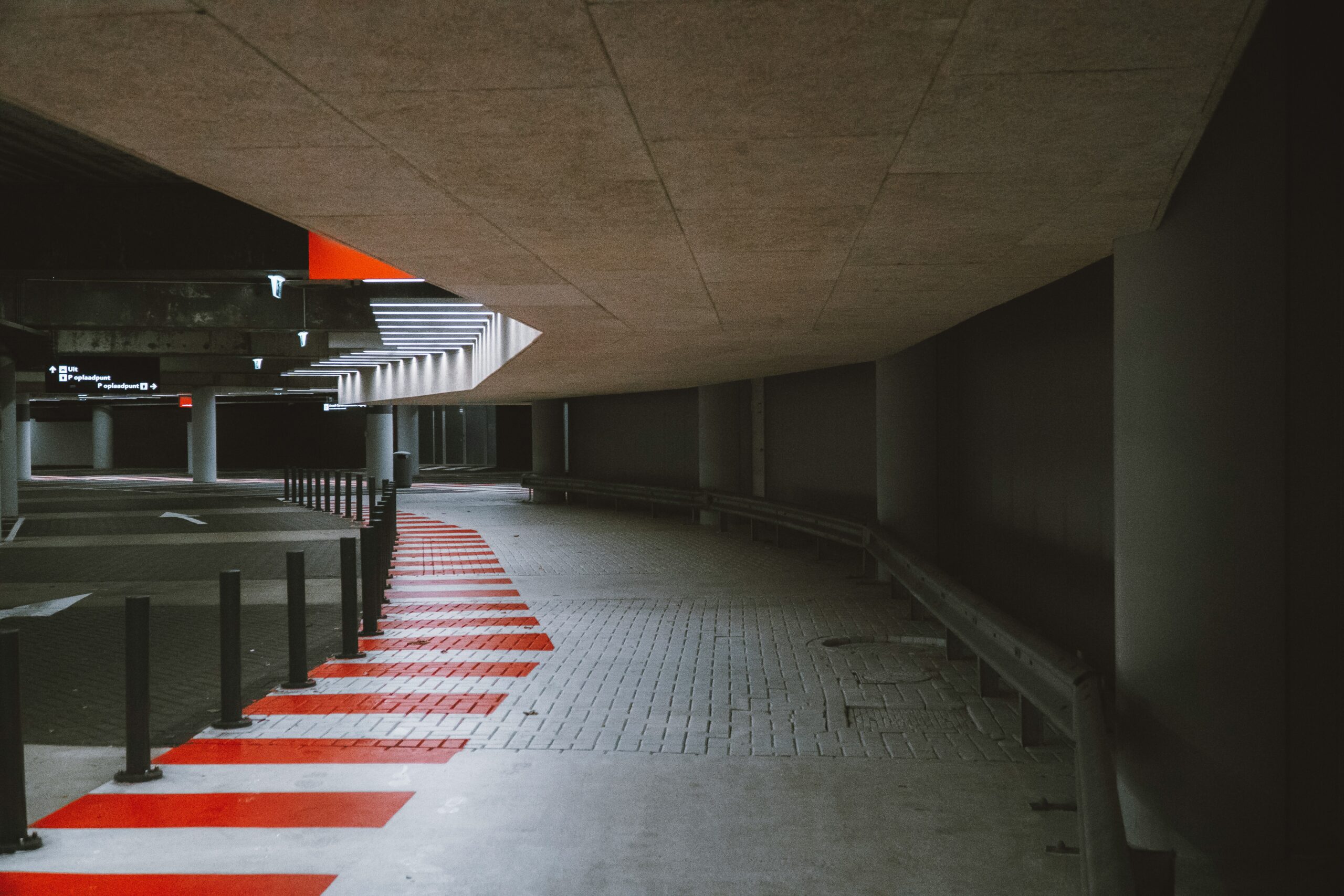Walk into any great building, and you immediately feel something. Maybe it’s a sense of peace. Maybe it’s power, or nostalgia, or even a bit of mystery. That’s because architecture isn’t just about building things – it’s about telling stories.
Before the first brick is laid, architects face a challenge: how to make clients feel these stories during the design phase. And that’s exactly where 3D visualization comes in.
Architecture Isn’t Just Shapes
At its core, architecture is emotional. A minimalist home whispers simplicity. A glass tower screams ambition. A cozy café quietly invites you to stay a little longer.
But try explaining that emotional impact using a blueprint or technical drawing. You’ll likely get blank stares. Even the best 2D sketches can’t fully convey mood, light, or atmosphere. This is why architects now rely heavily on visualization partners like Render Vision (https://render-vision.com/), who turn technical plans into rich, story-driven experiences.
Visualization Brings Clients Inside The Story
The beauty of 3D visualization is simple: clients don’t have to imagine anymore.
- They see how sunlight stretches across a living room at dawn.
- They watch how materials interact – warm wood against cool stone.
- They feel how open spaces encourage connection and movement.
Suddenly, design presentations shift from technical meetings to emotional journeys. Clients aren’t just reviewing plans; they’re walking through their future.
Every Good Story Needs Characters
One secret of effective visualization? Add life.
A render of an empty office lobby feels sterile. But add a receptionist greeting visitors, people chatting by the windows, someone sipping coffee – now it breathes. These small human touches help clients envision how they, their employees, or their customers will actually live inside the space.
As one developer recently joked, “When I saw people in the renderings, I stopped thinking about the building – and started picturing my tenants.”
The Magic of Atmosphere
Architecture isn’t static. A space feels different depending on the light, time of day, and even the season.
3D visualization captures these nuances:
- Soft, early morning glow in a bedroom.
- Rain-speckled windows during a fall storm.
- Golden hour light pouring through an atrium.
These aren’t just pretty pictures – they’re emotional cues that connect clients to the design long before construction starts.
Context: The Forgotten Character
One mistake many designs make? Showing buildings floating in blank space. But no building exists in a vacuum.
3D visualization allows architects to drop projects into real environments – the surrounding neighborhood, skyline, landscape, or waterfront. This helps clients and city planners understand scale, impact, and harmony with the surroundings.
More than one city council has greenlit projects simply because the rendering showed, in vivid detail, how the building would enhance the area.
Not Just For Approvals – But For Marketing Too
Of course, this isn’t just about client presentations. Developers are increasingly using photorealistic storytelling to market properties before they’re built.
- Investors see vibrant communities taking shape.
- Buyers fall in love with imagined morning routines in sunlit kitchens.
- Office tenants envision their teams thriving in open, collaborative spaces.
One vivid render can be far more persuasive than a thick stack of blueprints.
Moving Beyond Pretty Pictures
The future? It’s interactive.
- Virtual reality walkthroughs that let clients explore every corner.
- Augmented reality overlays showing designs on the actual site.
- Real-time material changes – switch flooring or wall colors on the fly.
These tools don’t just show clients the story – they let them live it before the first nail is hammered.
Storytelling That Sticks
Here’s the thing about great architectural storytelling: clients remember how it made them feel. Months later, they might forget the ceiling height or window specs – but they’ll remember that warm afternoon light falling across the living room floor.
That’s the power of 3D visualization. It doesn’t just sell designs – it sells experiences. After all, no one falls in love with a building because of its technical specs. They fall in love with how it feels.











